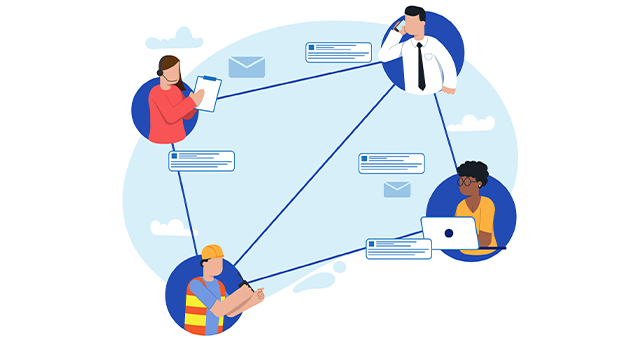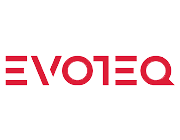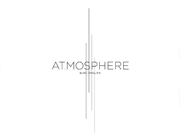Most companies make the mistake of churning out content randomly, focusing on keywords to get a high Google rank rather than attracting relevant audience. Whatever service you are offering, there is always going to be a host of competitors in the market fighting for your share. To stay afloat in the business, it is necessary to adopt a customer-centric approach instead of a campaign drive. This is where customer journey mapping saves the day. Before we move on to the nitty-gritty details of content planning with journey mapping, it is important understand what customer journey mapping is all about.
The whole timeline that starts from an average internet surfer ultimately becomes one of your customers constitutes customer journey mapping. Of course there are a lot of touch-points in between—how the user became aware of your brand, his interaction with your business, online or in-store, and the steps that finally compelled him to make a purchase. This holistic approach helps business owners come up with effective strategies to gain more market share.
They say content is king. So how can a journey map shape your content strategy? To make sure you hit the bull’s eye, let’s break down journey mapping into its many phases. Even though each customer journey map is unique, they share many touch-points that are common to all. Whichever stage your potential customer or existing customer is at with your business, you need to have content that caters to all. You can use customer journey mapping tools to quickly draft the major touch-points which are important in all the content campaigns and set-up the entire content strategy step by step.
Pre-awareness Phase
This is the point where the user has not heard of your brand nor interacted with it at any point. To reach out and create brand awareness at this stage, a Facebook ad tailored to the right audience is a good way to break the ice. For example, if you are a makeup brand and your Facebook ad makes its rounds on a regular makeup lover’s timeline, then they are more likely to “like” it if their friends had endorsed the brand as well. And of course it simplifies the equation if they approve of their friends’ fashion sense too.
An ad that is targeted for new users can be about upcoming sale, new launches or special discounts for first-time buyers. This will garner most interest in the post.
Awareness
The user is now aware of your presence in the market. You can use website monitoring tools i.e. web monitoring tool to instantly action for any down-time and Google Analytics to find out how a particular customer stumbled on your website, which social network is providing the most traffic to the website and what is compelling your customers to subscribe to your newsletters. They might be just browsing through and have not made purchases yet. So this is the point to draw them in. You need to generate content that will educate them more about your brand. An email with positive reviews and feedback from other customers, or a newsletter suggesting products similar to their searches might do the trick. Some users tend to save items in the cart or add them to their wishlist. They often forget about these products after their online shopping spree loses its fizz. At this stage, you can send them reminders about the items waiting in their cart or offer them a limited time discount so that they proceed from the checkout to thank you page.
Dilemma
Most people get second thoughts when they are hovering their cursor on the checkout button. They are still deciding if your outlet is the best to buy from or if they are getting the most bang for their buck. The content at this stage can be video testimonials. Sometimes all a potential customer needs is one good reason and one subtle push to cross the finish line. However, the content should not be too pushy carrying vibes of desperation.
Checkout
The eureka moment when they’ve made a purchase and you have earned a new customer! To make the experience memorable for them, send them a complimentary how-to guide along with the product. If you are a clothing company, a style book would do. You can even give them a discount voucher for their next purchase to keep them hooked.
Post-purchase Phase
Successful businesses are those that have not just customers but loyal customers. Your content for this phase should target existing customers to make them come back for more. Voip Phones does this by sending out personalized emails to their customers suggesting products similar to their previous purchases.
So you can further fine-tune your content strategy by analyzing your customer journey maps. If executed successfully, you might see a marked increase in revenue. Content strategy will of course have to be adjusted if the customer trends change to make sure your business remains in the game.






